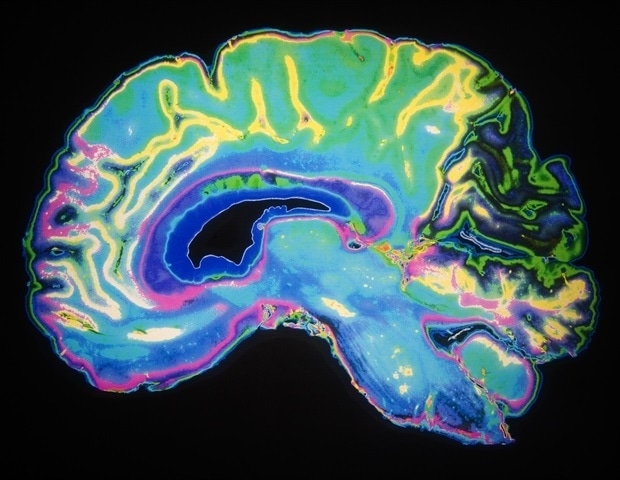
As deep cuts to the federal Medicaid program inch closer to reality, doctors at the Child and Adolescent Clinic are worried about their young patients. The private practice cares for approximately 15,000 patients annually at its two locations: 2121 N.E.
139th St., Suite 400, Vancouver, and 971 11th Ave., Longview.

More than 80 percent rely on Medicaid. “The cuts on the horizon are going to affect millions of people throughout the country and the majority of our patients possibly,” said Dr. Amrita Stark, a pediatrician at the clinic.
“But even before those cuts, there are problems with our health care system.” Medicaid was created in 1965 along with Medicare, the public health insurance program for Americans 65 and older. Medicaid supports health care access for low-income adults and children, including more than 1 in 3 people with disabilities.
A budget resolution passed Feb. 25 by the Republican-controlled U.S.
House calls for a potential $880 billion reduction in federal spending by the Energy and Commerce Committee, which oversees Medicaid. Although Medicaid and Medicare started as basic insurance programs, both have changed over the years to offer care to diverse groups, including low-income families, pregnant women, people of all ages with disabilities and people who need long-term care, according to the Centers for Medicare and Medicaid Services. Health officials, community advocates and physicians, including Stark, say any cuts will impact the country’s most vulnerable.
The local impact of the proposal still remains unclear , as some of Clark County’s largest health care providers, including PeaceHealth and Legacy Health, were unsure of the long-term consequences. “People have a lot of stereotypes, I believe, about what Medicaid is,” Stark said. “But the vast majority of families I see are working their butts off to pay their bills.
” ‘Save Medicaid’ The “Save Medicaid” button pinned to Stark’s shirt Tuesday afternoon was handmade as part of an effort by her friend’s 13-year-old daughter to increase awareness about Medicaid. The QR code printed on the pin leads to Washington’s Legislative district finder. “It’s to see who represents you,” Stark said.
“Then, you can send a message to legislators, whether it’s about Medicaid, or the Department of Education. So many things are connected right now.” Across both of its locations, the Child and Adolescent Clinic has 12 pediatricians, one pediatric nurse practitioner and about 70 support staff, according to its website.
The clinic, which was established in 1978, provides primary care and behavioral health support for infants, children and adolescents up until the age of 18. The clinic also provides social services support to families. In July, the clinic experienced a 4 percent reduction in reimbursements from Medicaid, said Kimberley Robbins-Stripp, who oversees the clinic’s finances and provides administrative support.
The Child and Adolescent Clinic is solely funded through Medicaid reimbursements and other grants, Robbins-Stripp said. “If funding gets cut more, we won’t be able to continue to replace physicians,” Robbins-Stripp said. “We’ve been recruiting for a new pediatrician for two years, but I can’t find anybody.
Our clinic’s policy is to provide care to all children regardless of insurance coverage. With that policy, we keep our doors open when nobody else does.” Robbins-Stripp said the reason the clinic can’t recruit is because it can’t pay a pediatrician what they could make at a larger health care facility.
“Those big organizations have surgery behind them, hospitals behind them. They have a lot more revenue streams than we do,” Robbins-Stripp said. “Our staff make much less than what they could make working at PeaceHealth, Legacy or Vancouver Clinic.
Our revenue stream is restricted to what Medicaid pays us and doing care in the exam room.” Legislation Washington’s Medicaid reimbursement rates are some of the worst in the nation, according to the Washington State Medical Association. “For patients, the result is difficulty getting appointments, delays in care and worsening health conditions.
For doctors, the result is frustration and burnout, as most practices simply cannot afford to see the number of Medicaid patients in their communities who need care,” according to the Washington State Medical Association’s website. The association is asking the state Legislature to pass House Bill 1392 and Senate Bill 5372 , which would increase Medicaid rates across the board for physicians to at least the equivalents paid by Medicare. HB 1392 is scheduled for a public hearing April 3 in the Senate Committee on Ways & Means.
Cuts to Medicaid would have a ripple effect for patients and providers alike, Robbins-Stripp said. Without Medicaid, patients won’t have long-term coverage or access to preventive care, and will end up in emergency rooms, Robbins-Stripp said. “It isn’t, ‘That’s not my problem because I don’t have Medicaid,’ because it will become your problem,” she said.
Stark added, “Medicaid affects us all.” This story was made possible by Community Funded Journalism , a project from The Columbian and the Local Media Foundation . Top donors include the Ed and Dollie Lynch Fund, Patricia, David and Jacob Nierenberg, Connie and Lee Kearney, Steve and Jan Oliva, The Cowlitz Tribal Foundation and the Mason E.
Nolan Charitable Fund. The Columbian controls all content. For more information, visit columbian.
com/cfj ..















